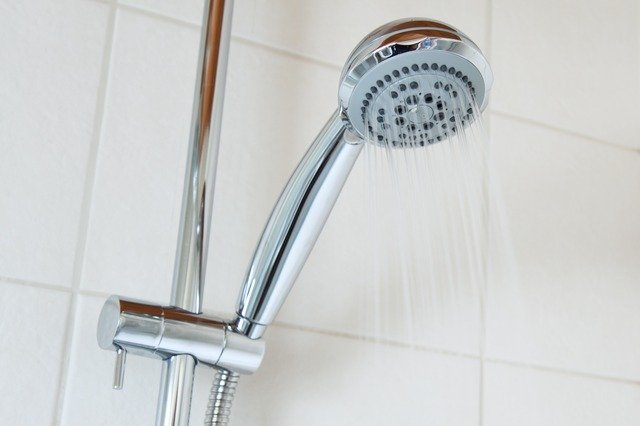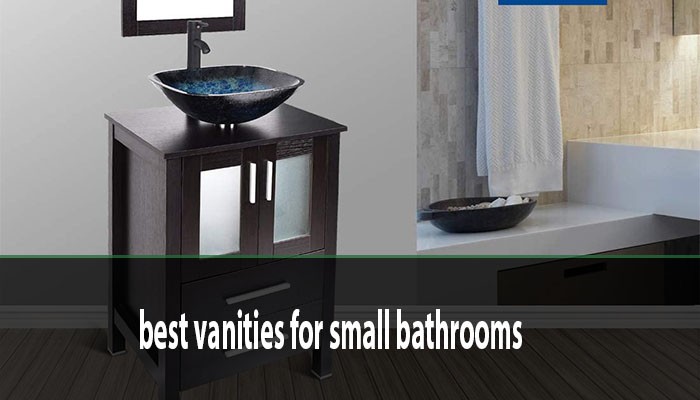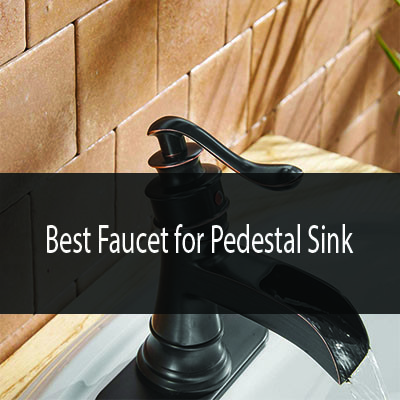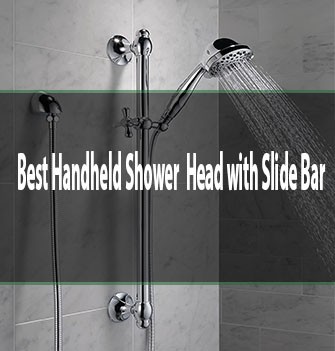Indoor gardening has become a popular trend for many of us who want to bring a touch of nature into our homes. It's not just about aesthetics; it's about creating a calming environment, improving air quality, and even growing your own food. Whether you're a seasoned green thumb or a complete novice, understanding the ins and outs of indoor gardening can transform your living space into a lush oasis. In this comprehensive guide, I’ll share my insights, tips, and personal experiences to help you cultivate a thriving indoor garden.
When I first started my indoor gardening journey, I was overwhelmed by the choices and information available. However, as I learned more about the types of plants, their care requirements, and the benefits of indoor gardening, I found my passion. This guide will not only help you choose the right plants but also provide actionable steps to ensure they flourish in your home. Let's dig into the essentials of indoor gardening!
Table of Contents
What is Indoor Gardening?
Indoor gardening refers to the practice of growing plants inside a home or other building. This can include houseplants, herbs, vegetables, and even small fruit-bearing plants. The beauty of indoor gardening is that it allows you to cultivate greenery regardless of outdoor space or climate conditions.
Benefits of Indoor Gardening
-
Air Quality Improvement: Indoor plants can help purify the air by absorbing toxins and releasing oxygen. A study published in the Journal of Environmental Quality found that certain plants, such as Spider Plants and Peace Lilies, can significantly reduce indoor air pollutants.
-
Stress Reduction: Studies have shown that being around plants can reduce stress and anxiety levels. A 2022 study from the University of Hyogo found that interacting with indoor plants can lower cortisol levels, promoting relaxation.
-
Food Production: Growing your own herbs and vegetables can be rewarding and economical. With the right setup, you can enjoy fresh produce year-round.
-
Aesthetic Appeal: Indoor gardens enhance the beauty of your living space, making it more inviting and vibrant.
-
Educational Opportunities: Indoor gardening can be a great way to learn about botany and ecology, especially for children.
Choosing the Right Plants
Selecting the right plants is crucial for your indoor garden's success. Here are some popular options to consider:
Low-Light Plants
If your home doesn't receive much natural light, don't worry! Many plants thrive in low-light conditions:
- Snake Plant: Known for its air-purifying qualities, the Snake Plant is virtually indestructible and can survive in low light.
- Pothos: This trailing vine is easy to care for and can adapt to various light conditions.
- ZZ Plant: With glossy leaves, the ZZ Plant is drought-tolerant and thrives on neglect.
Medium to Bright Light Plants
If you have a sunny spot in your home, consider these plants:
- Spider Plant: This hardy plant is known for its air-purifying abilities and can produce "baby" plants.
- Fiddle Leaf Fig: A trendy choice for interior decor, the Fiddle Leaf Fig loves bright, indirect light.
- Herbs: Basil, mint, and rosemary thrive in bright light and can be used in cooking.
Edible Plants
Growing your own food is not only rewarding but also practical. Here are some easy-to-grow options:
- Herbs: Basil, cilantro, and parsley are simple to grow on a windowsill.
- Lettuce: Leafy greens can be grown indoors and harvested continuously.
- Tomatoes: Small varieties, like cherry tomatoes, can flourish indoors with proper care.
Essential Supplies for Indoor Gardening
To set up your indoor garden, you'll need a few essential supplies:
-
Containers: Choose pots with drainage holes to prevent overwatering. Consider self-watering pots for convenience.
-
Potting Mix: Use a high-quality potting mix that provides good drainage and aeration. Avoid using garden soil, as it can be too dense for indoor plants.
-
Watering Can: A watering can with a long spout helps you water your plants without making a mess.
-
Fertilizer: Indoor plants benefit from regular feeding. Look for a balanced, water-soluble fertilizer.
-
Grow Lights: If natural light is limited, invest in LED grow lights to provide your plants with the necessary light spectrum.
-
Humidity Tray: To increase humidity for tropical plants, place a tray filled with water and pebbles under your pots.
Creating the Perfect Environment
Light Requirements
Understanding your plants' light needs is crucial. Here’s how to ensure they get the right amount of light:
- Natural Light: Place your plants near windows that receive indirect sunlight. South-facing windows usually provide the most light.
- Grow Lights: If your space lacks natural light, use grow lights to supplement. Position them 12-24 inches above your plants and keep them on for 12-16 hours a day.
Temperature and Humidity
Most indoor plants thrive in temperatures between 65°F and 75°F. Here are some tips for maintaining the right environment:
- Avoid Drafts: Keep plants away from doors and windows that open frequently, as sudden temperature changes can stress them.
- Humidity: Many indoor plants prefer humidity levels between 40% and 60%. You can increase humidity by misting your plants or using a humidifier.
Watering Practices
Overwatering is one of the most common mistakes in indoor gardening. Here’s how to water your plants effectively:
- Check Soil Moisture: Before watering, stick your finger about an inch into the soil. If it feels dry, it’s time to water.
- Water Thoroughly: When you water, do so until you see excess water draining from the bottom of the pot. This ensures the roots receive adequate moisture.
Fertilizing Your Plants
Fertilizing is essential for healthy plant growth. Here are some guidelines:
- Frequency: Feed your plants every 4-6 weeks during the growing season (spring and summer) and reduce or stop in the fall and winter.
- Type of Fertilizer: Use a balanced, water-soluble fertilizer, or consider organic options like fish emulsion or compost tea.
Common Problems and Solutions
Even with the best care, indoor gardening can present challenges. Here are some common problems and how to address them:
Pests
Indoor plants can attract pests like spider mites, aphids, and mealybugs. Here’s how to manage them:
- Inspect Regularly: Check your plants regularly for signs of pests. Early detection is key.
- Natural Remedies: Use insecticidal soap or neem oil to treat infestations without harsh chemicals.
Diseases
Fungal diseases, such as root rot, can occur if plants are overwatered. Here’s how to prevent and manage them:
- Proper Drainage: Ensure pots have drainage holes, and avoid letting plants sit in standing water.
- Air Circulation: Space your plants adequately to allow for good air circulation, reducing the risk of fungal growth.
Yellowing Leaves
If your plant’s leaves are turning yellow, it could be a sign of overwatering, nutrient deficiency, or insufficient light. Here’s what to do:
- Assess Watering: Check the soil moisture and adjust your watering schedule accordingly.
- Fertilize: If you suspect a nutrient deficiency, consider fertilizing your plant.
Frequently Asked Questions
What are the best indoor plants for beginners?
For beginners, I recommend starting with low-maintenance plants like Snake Plants, Pothos, and ZZ Plants. They are forgiving and can thrive in various conditions.
How often should I water my indoor plants?
Watering frequency depends on the plant type and environmental conditions. Generally, check the soil moisture once a week. If it feels dry an inch down, it’s time to water.
Can I grow vegetables indoors?
Absolutely! Many vegetables, like lettuce, herbs, and small tomatoes, can thrive indoors with adequate light and care.
Do indoor plants need fertilizer?
Yes, indoor plants benefit from regular fertilization during the growing season. Use a balanced, water-soluble fertilizer every 4-6 weeks.
How can I increase humidity for my indoor plants?
To increase humidity, you can mist your plants, use a humidifier, or place a humidity tray filled with water and pebbles underneath your pots.
Conclusion
Indoor gardening is a rewarding and fulfilling hobby that can enhance your living environment and overall well-being. By understanding your plants' needs and providing the right care, you can create a thriving indoor garden that brings joy and beauty to your home.
I encourage you to start small, experiment with different plants, and enjoy the process of nurturing your indoor garden. Don't hesitate to reach out to fellow gardening enthusiasts or explore online communities for support and inspiration.
For more tips and inspiration, consider subscribing to gardening blogs or channels. Happy gardening!






